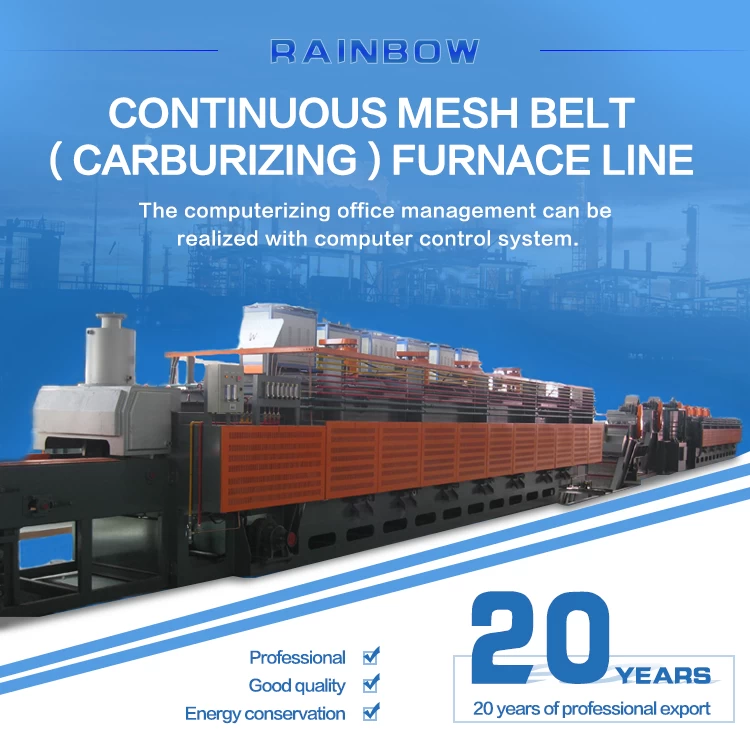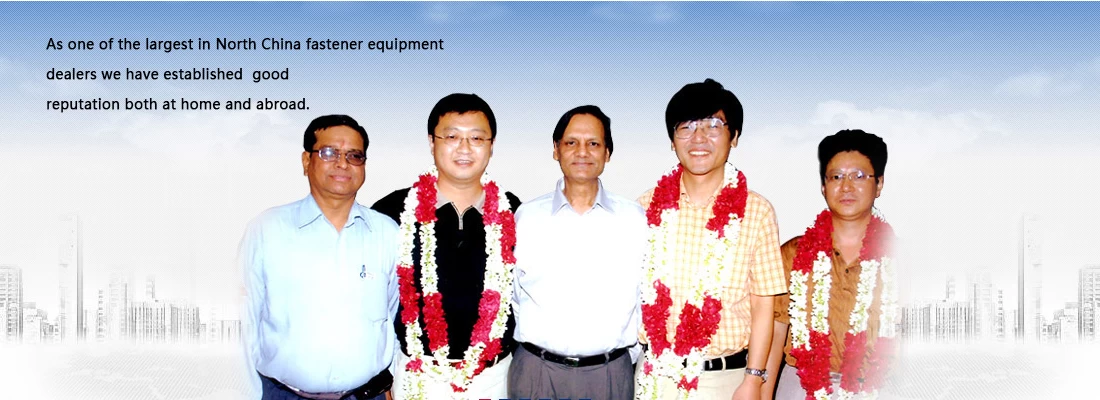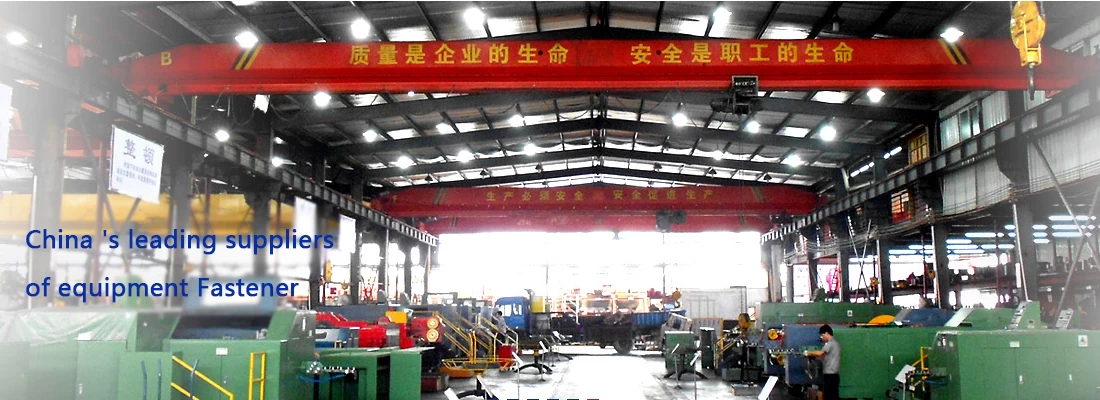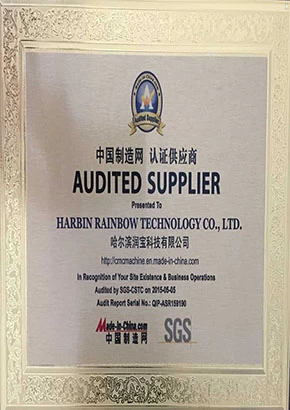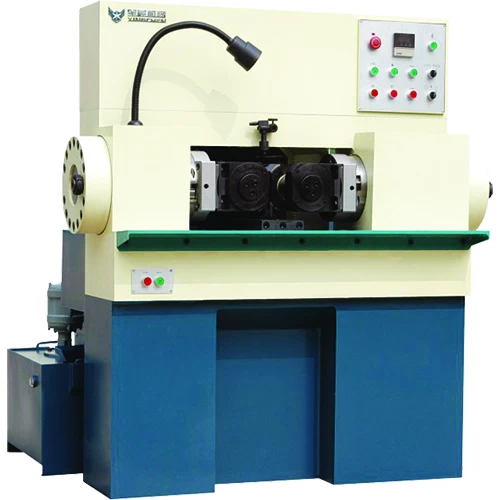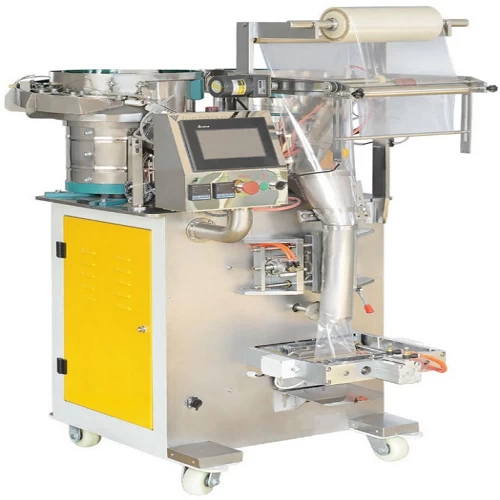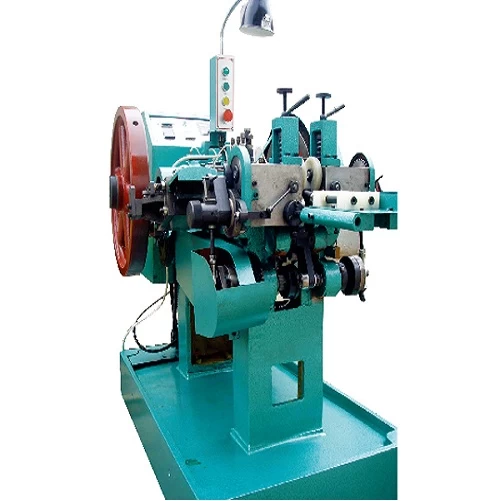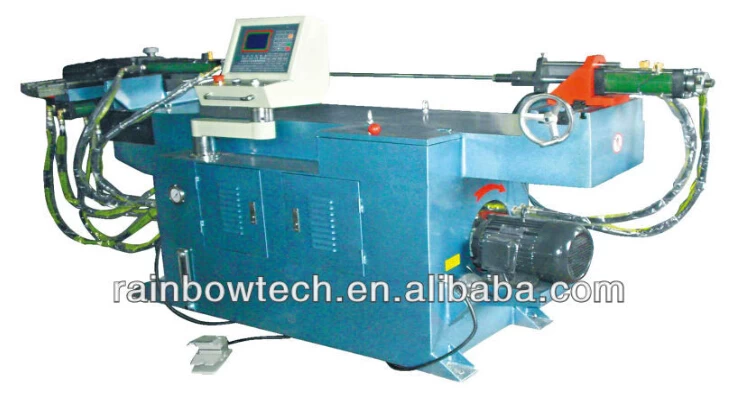Vacuum quenching furnace
Gary Young
baidu
2024-03-14 14:05:29
Vacuum quenching furnace is the main type of vacuum heat treatment furnace, with many varieties, large quantities, complex structure and rapid development.
Structure of various types of gas quenching vacuum furnaces. Vertical and horizontal single-chamber gas quenching vacuum furnace, single-chamber furnace heating and cooling are carried out in the same furnace chamber, simple structure, convenient operation and maintenance, small footprint, more applications, vertical and horizontal double-chamber gas quenching vacuum furnace. This kind of furnace heating chamber and cooling chamber are separated by vacuum gate valve, when the workpiece is cooled in the cooling chamber, the heating chamber is not affected, therefore, the cooling rate of the workpiece is faster than that of the single-chamber vacuum quenching furnace, because the cooling gas of the double-chamber furnace is only filled into the cooling chamber, and the heating chamber maintains a vacuum, thus shortening the workpiece time (vacuuming, heating, etc.), the production efficiency is about 25%~30% higher than that of the single-chamber vacuum furnace, and the three-chamber semi-continuous gas quenching vacuum furnace is made by the feeding chamber, Heating chamber and cooling chamber are composed, and the adjacent two chambers are separated by vacuum gate valves, and the continuous vacuum heat treatment furnace has high production efficiency, energy saving, cost reduction, and is suitable for online production and large-scale production operation, which is the development direction of vacuum heat treatment furnace in the future.
With the progress of industrial technology and the improvement of product processing quality and technical requirements, the expansion of the range of steel grades and alloys processed by vacuum heat treatment, in the past ten years, high-pressure gas quenching vacuum furnace, high-flow rate vacuum furnace and high (negative) pressure and high-flow rate vacuum furnace have been rapidly developed, which is characterized by the usual cooling gas pressure of 0.1~0.5MPa, some up to 2MPa or even 4MPa high-pressure gas quenching vacuum furnace has been put into operation, and the workpiece is cooled under high-speed gas flow. [4]
General structure
broadcast
edit
compose
The quenching furnace is composed of several parts, such as furnace body, furnace door, heating element, ventilation mechanism and control system.
The furnace body is welded by section steel and steel plate, the inner wall of the furnace lining is connected with the furnace shell with stainless steel plate to form a whole, and the furnace body and furnace tank interlayer are filled with aluminum silicate refractory fiber for heat insulation.
The furnace door is designed in the lower part of the furnace body, which means that the workpiece enters or exits from below. The lower mouth of the furnace body is opened, and the starting and closing action of the furnace door is completed by means of mechanical transmission, through the motor, gearbox, sprocket, chain, rail, etc.
The heating element is made of a resistance band of a high-resistance alloy, which is arranged on both sides of the inner tank through special hooks to insulate the inner tank.
The ventilator is composed of a blower and an air deflector, and the blower motor and the heating element are electrically interlocked, and the heating element can be energized only when the blower is connected, so as to ensure that the heating element can work under the condition of ventilation circulation.
The charging basket and the inlet and outlet car are welded by section steel, and the horizontal center of gravity is adjusted and hoisted up and down. This electric furnace is equipped with a basket and a cart to ensure that users can work in time. When feeding, the basket is loaded on the trolley, pulled out and pushed, when entering the lower part of the furnace body, the furnace door is opened and the hoist works, hooks the chain, hoists the charging basket into the furnace, and closes the furnace door for heating. When discharging, open the furnace door, turn the hoist action, put the charging basket into the pool for quenching treatment, and then put the basket out of the water surface and put it on the plane of the trolley, the chain is decoupled, the hoist is lifted, the trolley is pulled out, and the aging treatment is carried out.
A pool is provided at the lower part of the furnace body, so that the workpiece can enter the pool for quenching treatment in a short time.
The control part adopts thyristor and digital display table (see Figure 3) to control the temperature and alarm.
The electric furnace is equipped with a limit switch on the furnace door starting and closing mechanism and the charging lifting mechanism, which is connected with the power supply of the control cabinet, and when the workpiece rises to the highest point, the furnace door starting and closing power supply is connected and the heating element power supply is contacted. When the furnace door is opened, cut off the power supply of the heating element, and turn on the power supply of the lifting mechanism, so that the workpiece is lowered for water quenching.
Structure of various types of gas quenching vacuum furnaces. Vertical and horizontal single-chamber gas quenching vacuum furnace, single-chamber furnace heating and cooling are carried out in the same furnace chamber, simple structure, convenient operation and maintenance, small footprint, more applications, vertical and horizontal double-chamber gas quenching vacuum furnace. This kind of furnace heating chamber and cooling chamber are separated by vacuum gate valve, when the workpiece is cooled in the cooling chamber, the heating chamber is not affected, therefore, the cooling rate of the workpiece is faster than that of the single-chamber vacuum quenching furnace, because the cooling gas of the double-chamber furnace is only filled into the cooling chamber, and the heating chamber maintains a vacuum, thus shortening the workpiece time (vacuuming, heating, etc.), the production efficiency is about 25%~30% higher than that of the single-chamber vacuum furnace, and the three-chamber semi-continuous gas quenching vacuum furnace is made by the feeding chamber, Heating chamber and cooling chamber are composed, and the adjacent two chambers are separated by vacuum gate valves, and the continuous vacuum heat treatment furnace has high production efficiency, energy saving, cost reduction, and is suitable for online production and large-scale production operation, which is the development direction of vacuum heat treatment furnace in the future.
With the progress of industrial technology and the improvement of product processing quality and technical requirements, the expansion of the range of steel grades and alloys processed by vacuum heat treatment, in the past ten years, high-pressure gas quenching vacuum furnace, high-flow rate vacuum furnace and high (negative) pressure and high-flow rate vacuum furnace have been rapidly developed, which is characterized by the usual cooling gas pressure of 0.1~0.5MPa, some up to 2MPa or even 4MPa high-pressure gas quenching vacuum furnace has been put into operation, and the workpiece is cooled under high-speed gas flow. [4]
General structure
broadcast
edit
compose
The quenching furnace is composed of several parts, such as furnace body, furnace door, heating element, ventilation mechanism and control system.
The furnace body is welded by section steel and steel plate, the inner wall of the furnace lining is connected with the furnace shell with stainless steel plate to form a whole, and the furnace body and furnace tank interlayer are filled with aluminum silicate refractory fiber for heat insulation.
The furnace door is designed in the lower part of the furnace body, which means that the workpiece enters or exits from below. The lower mouth of the furnace body is opened, and the starting and closing action of the furnace door is completed by means of mechanical transmission, through the motor, gearbox, sprocket, chain, rail, etc.
The heating element is made of a resistance band of a high-resistance alloy, which is arranged on both sides of the inner tank through special hooks to insulate the inner tank.
The ventilator is composed of a blower and an air deflector, and the blower motor and the heating element are electrically interlocked, and the heating element can be energized only when the blower is connected, so as to ensure that the heating element can work under the condition of ventilation circulation.
The charging basket and the inlet and outlet car are welded by section steel, and the horizontal center of gravity is adjusted and hoisted up and down. This electric furnace is equipped with a basket and a cart to ensure that users can work in time. When feeding, the basket is loaded on the trolley, pulled out and pushed, when entering the lower part of the furnace body, the furnace door is opened and the hoist works, hooks the chain, hoists the charging basket into the furnace, and closes the furnace door for heating. When discharging, open the furnace door, turn the hoist action, put the charging basket into the pool for quenching treatment, and then put the basket out of the water surface and put it on the plane of the trolley, the chain is decoupled, the hoist is lifted, the trolley is pulled out, and the aging treatment is carried out.
A pool is provided at the lower part of the furnace body, so that the workpiece can enter the pool for quenching treatment in a short time.
The control part adopts thyristor and digital display table (see Figure 3) to control the temperature and alarm.
The electric furnace is equipped with a limit switch on the furnace door starting and closing mechanism and the charging lifting mechanism, which is connected with the power supply of the control cabinet, and when the workpiece rises to the highest point, the furnace door starting and closing power supply is connected and the heating element power supply is contacted. When the furnace door is opened, cut off the power supply of the heating element, and turn on the power supply of the lifting mechanism, so that the workpiece is lowered for water quenching.
